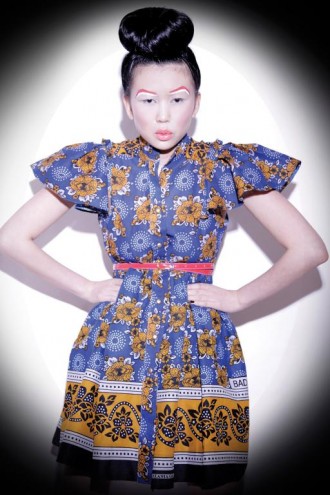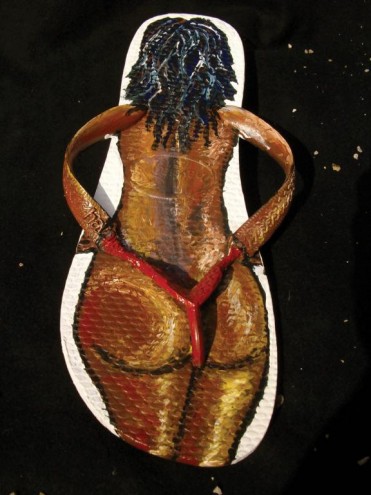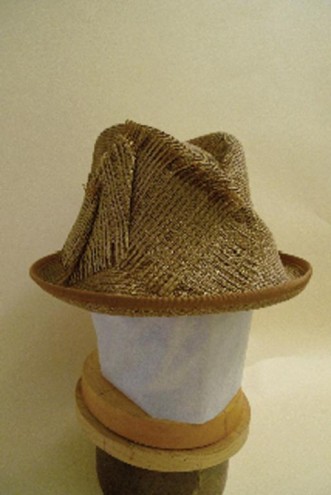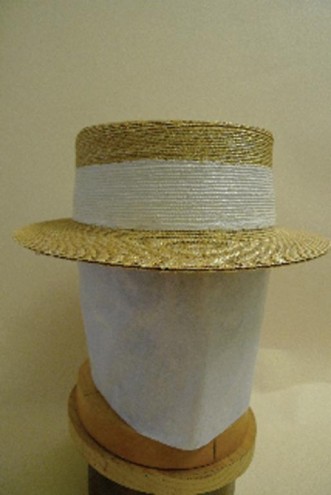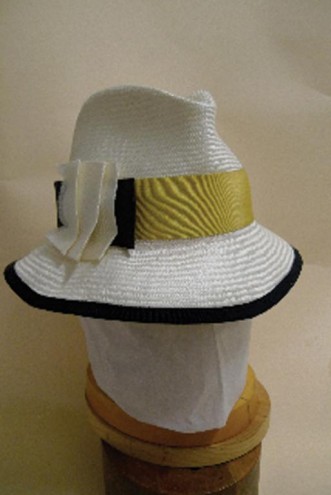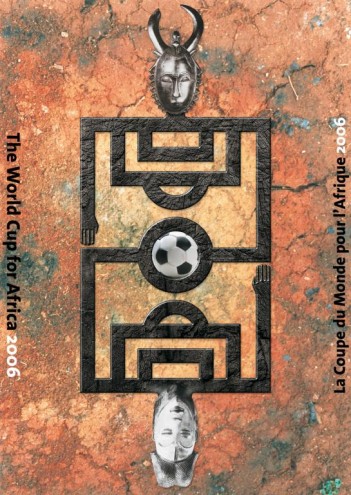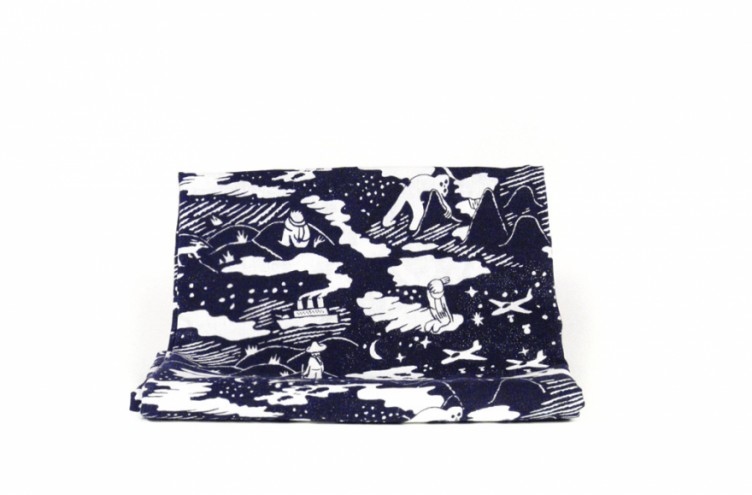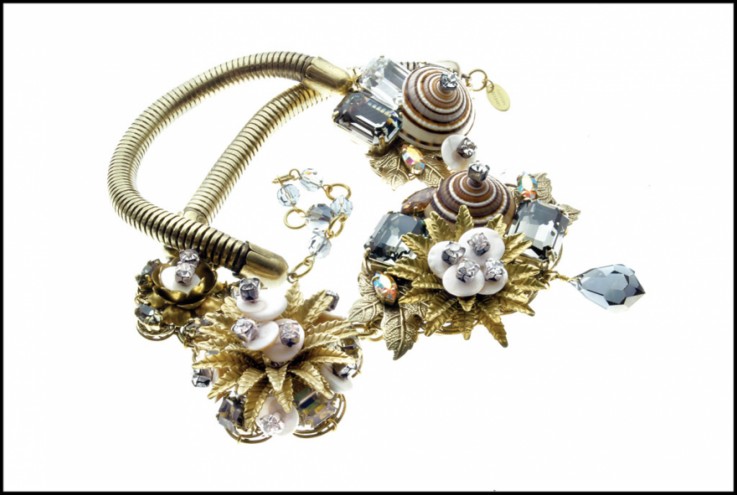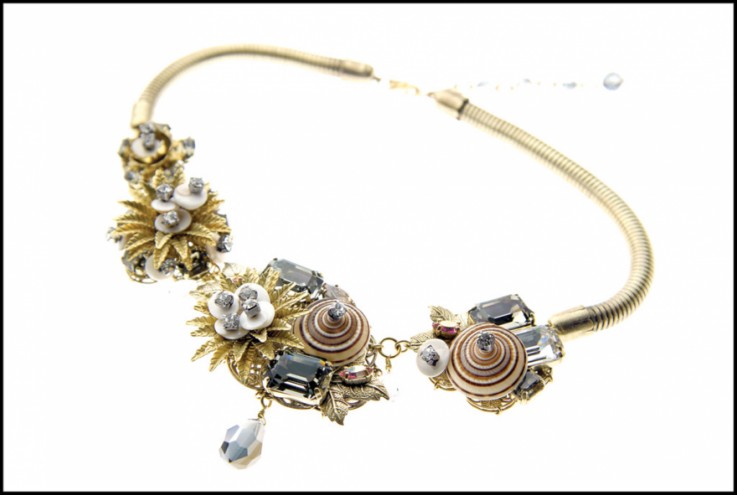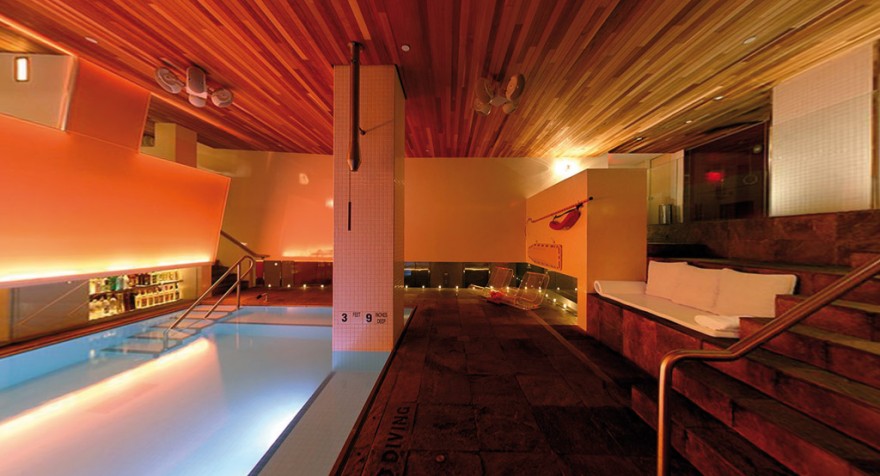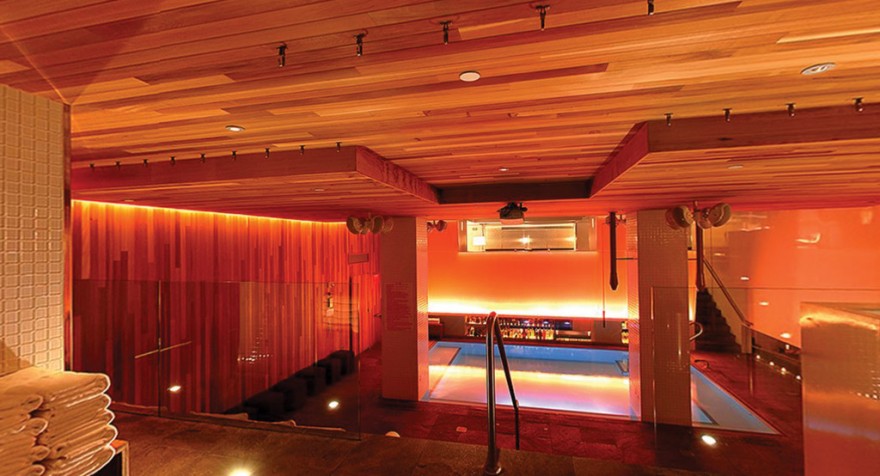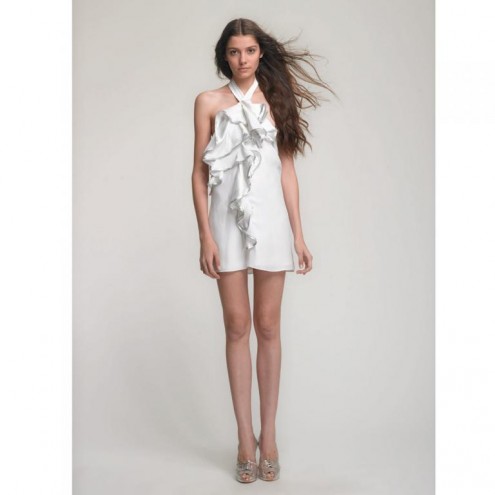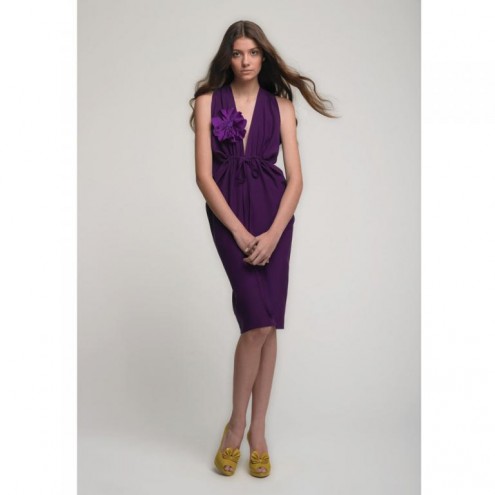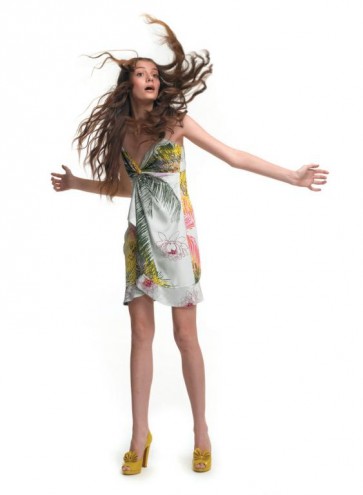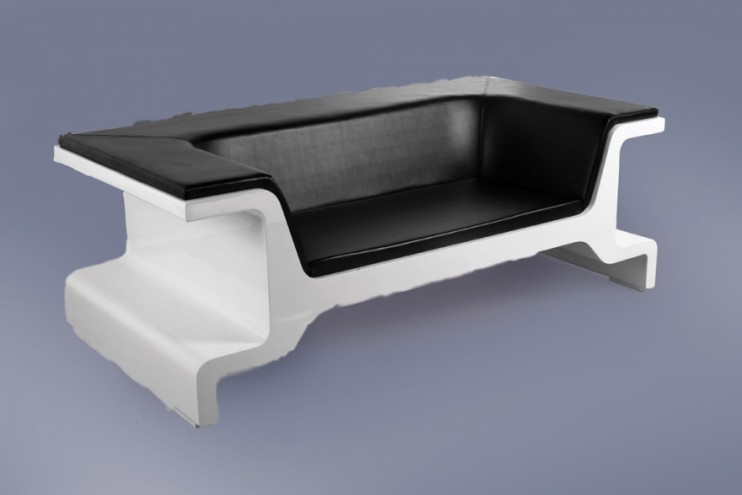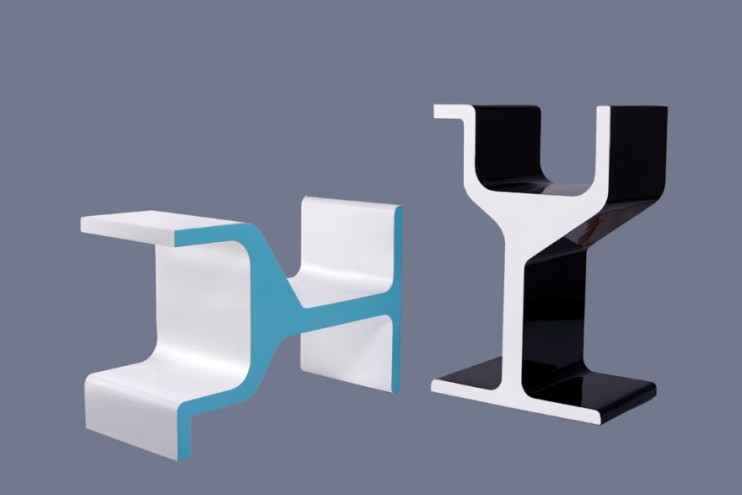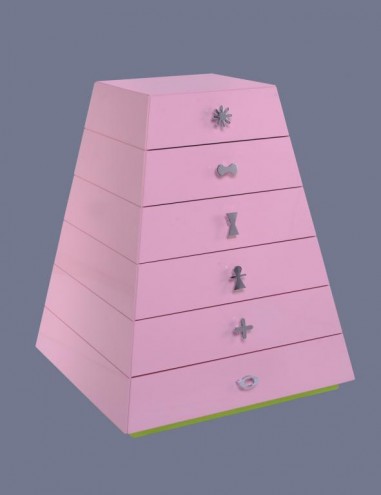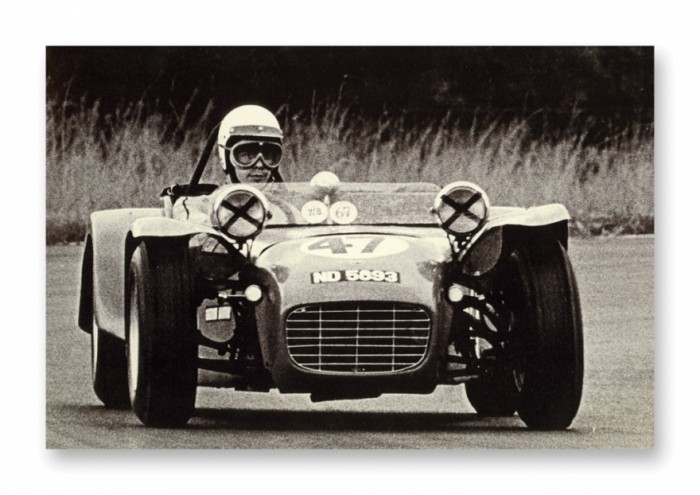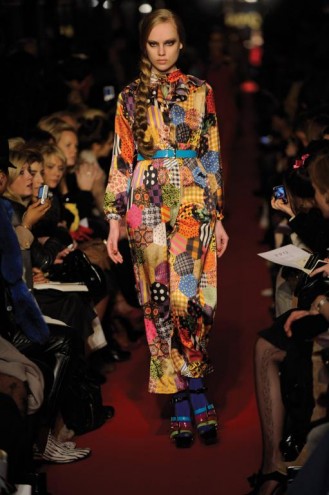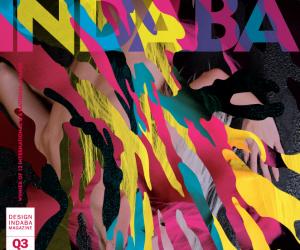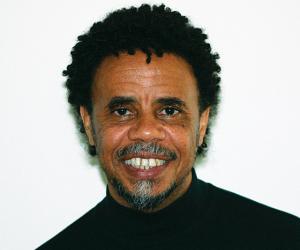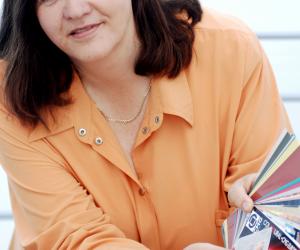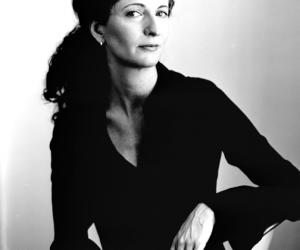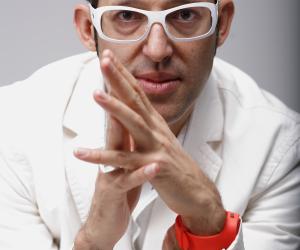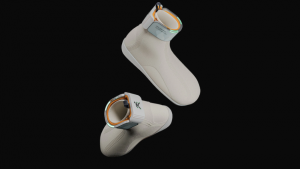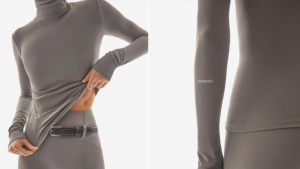First Published in
“A lot of my designs are influenced by my birthplace Tanzania, in the sense that most of the pieces in my collections are made out of khanga fabric, which is the traditional cloth used by women in everyday life. My aim is to introduce a new way of looking at the fabric and show that it can also be turned into something luxurious,” says Christine Mhando who established her ladieswear brand, Chichia London, in 2007. She was born in Dar es Salaam.
Artist Kakudji Kakudji was born in Kalémi, Congo, and now lives in Paris. Of Tanganyika Thongs, he says: “I still have childhood memories of women walking besides the Tanganyika in their flip-flops. Three years ago, as I was playing with the word ‘thong’ and the images it aroused (on my flip-flop), I began to have hallucinations of beautiful women wearing thongs at Lake Tanganyika.”
These three hats by milliner Albertus Swanepoel, who was born in Pretoria, each evoke a different memory. The first is inspired by tribal embroideries and the instinctual matching of colours – whether in Africa or Bali, points out the designer. The second recalls tennis and “eating cucumber sandwiches on the lawn in Kempton Park”. The third brings to mind “the shapes of huts in rural areas, the straw work and sisal carpets of the interiors”. The now New York-based Albertus Quartus label was runner-up in the 2009 CFDA Vogue Fashion Fund Award.
“This A1 poster was designed in 1999 to support any and all the African bids for the World Cup in 2006. Growing up playing soccer in the dirt and dust, I could symbolically portray the dream of every African by visualising it through our greatest art form – sculpture,” says Chaz Maviyane-Davies who was born in Harare, Zimbabwe, and is now professor of design at the Massachusetts College of Art in Boston. Earlier this year, the University of Massachusetts Lowell conferred him with an Honorary Doctorate.
Entitled “Little Boy” and created in early 2009, this repeat-pattern by Rui Tenreiro was inspired by a mix of traditional cultures. “When I went to Japan I took Mozambican fabrics with me to offer as presents. I noticed that some of the Japanese cloths are very similar to African cloths. Both societies live in a conciliation of traditional beliefs and modern commodities, both having jumped the era of industrial revolution,” he says. Tenreiro was born in Maputo, Mozambique, and now lives in Stockholm, Sweden. His picture/comic book, Trost, was named the most beautiful book in Norway in 2006.
“Although I have lived abroad for over 20 years now, I am still very much a South African. Even in my environs in Germany I am definitely regarded as a South African,” says automotive designer Oona Scheepers, who was born in Prieska and now lives in Wolfsburg, Germany. One of 18 different nationalities represented in Volkswagen’s design studio, Scheepers says that Volkswagen is stronger for its diverse international team that together formulate the brand’s new design language of minimalism and what really matters. “My background befits the current zeitgeist perfectly. Where can you find a better surrounding to support this fantastic philosophy of minimalism than growing up in the heart of the Karoo? It is only among nothingness that you become aware of the essential. A statement that anyone who knows the Karoo will be able to relate to; an area that teaches one thing above all: endurance,” Scheepers goes on. Working across the entire Volkswagen product range, Scheepers deliberated before selecting the new Volkswagen Robust Pick Up, Amarok, which will be on market next year. “As I grew up on the back of a pick up, this is a true homage to South Africa,” she laughs.
“I guess subconsciously appreciating Cape Town’s magnificent scenery and weather from the driving seat of my rebuilt MGB, in my youth, left an indelible impression on the way I have approached all five sports cars I designed while at Jaguar,” says Keith Helfet, who was born in Calvinia and now lives in London. “Due to extraordinary circumstances, when designing the last one, the F-type Concept, I had the freedom to design my ideal car. Revealed in 2000 to acclaim and thousands of orders, sadly internal politics resulted in it not going into production,” continues Helfet. In 2008, he unveiled the Joule – Africa’s first all-electric car developed by Optimal Energy in Cape Town.
“I do not think that it is possible not be inspired by your place of birth. Even though I have never sat down and tried to make something that most people consider as ‘South African’, I think that my designs reflect the beauty that I grew up with in the Karoo. When I look at the piece Midsummer Night’s Dream, I see my ouma’s hairbrushes lying on her dressing table in East London. I also see the shells that we liked to collect as children on the beach; and if I look longer then I recognise the wirework that was used in my favourite wire car as a child. It is a mix of ideas and inspirations that pop up subconsciously. I never think of making something South African, just as I never think to breathe,” says Anton Heunis of this piece made with antique gold-plated brass, vintage crystals, Swarovski crystal and shells. Heunis was born in Bloemfontein, grew up in Colesberg and now lives in Madrid, Spain.
“Rock. Water. Sunset. Cut into a raised rocky plinth, the lobby of Hotel QT in Times Square NYC does double duty as a calming spa during the day and hopping party space by night. Table Mountain at sunset is hard to forget,” says New York-based architect Lindy Roy. Roy was born in Cape Town and completed Andre Balazs’s Hotel QT in 2005.
“All of my designs are influenced by my birthplace. South Africa is so rich geographically and culturally, and the colour palette of the country is extraordinary,” says fashion designer Kara Janx, who was born in Johannesburg and now lives in New York. Janx was a finalist on the second season of Bravo’s Project Runway. Earlier this year, she won an International Design Award for sportswear design. “You’ll notice in all my designs that the colour sensibility and beautifully simplified silhouettes are a direct reflection of the country I grew up in,” she continues.
“I was born in Cairo but we left to Rome, then London, when I was only a one-year-old. I was on the Queen Elizabeth with my family going from London to Montréal when I was five. I think that, since I am half Egyptian, my sensibilities and work must be somehow influenced by my heritage. I see some semblance of hieroglyphics and monumentalism in all of my work, and my sketches are very much like a contemporary interpretation of ancient Egyptian art,” says product designer Karim Rashid, who now resides in New York. This range of art furniture is exclusively inspired by his Egyptian roots.
“After the war there wasn’t any money in South Africa for racing. My dad was a motor mechanic who helped people build their own racing cars and this is where my love for racing started. I designed and built my own engine and car, which is very much due to the situation at that time. I raced my IGM Ford both locally and nationally,” says Gordon Murray, who was born in Durban. Murray now resides in Surrey, UK, and is currently developing the T.25, an environmentally and performance-optimised small passenger vehicle.
“In South Africa, my mother used to take me out shopping and visiting many places, we would play games recognising prints, touching traditional fabrics and I had to guess what they were. My parents bought a lot of local art – wooden figures, leather household items – that had been handmade. Also, my mother had a ceramics house in the garden where she would design and make pottery. I was encouraged to join in and made mini versions of what I could,” says fashion designer Amy Molyneaux who was born in Johannesburg. Molyneaux is cofounder and co-designer of London fashion label PPQ Clothing. “Pattern and colour are a huge part of how the design process for PPQ evolves. We often start with a print design and evolve shapes around how the surface decoration works best for us,” she explains. This garment is from PPQ’s Autumn/Winter 2009 collection.

